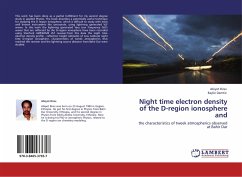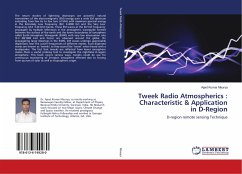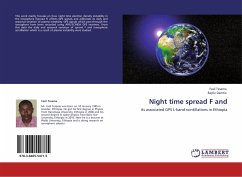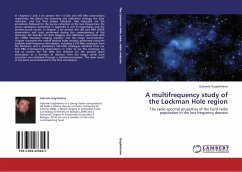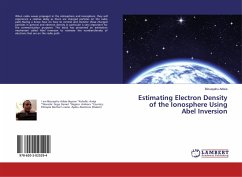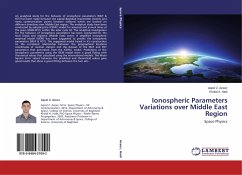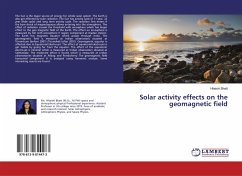This work has been done as a partial fulfillment for my second degree study in applied Physics. The book describes a potentially useful technique for studying the D region ionosphere, which is difficult to study with most well known instruments like ionosonde, using lightning generated VLF waves. In this work the lightning generated Very Low Frequency (VLF) waves that are reflected by the D-region ionosphere have been recorded using Stanford AWESOME VLF receiver.From this data the night time electron density profile , reflection height (altitude) of Low Latitude night time D-region ionosphere, characteristics of tweek atmospherics that reached the receiver and the lightning source distance from Bahir Dar were studied.
Bitte wählen Sie Ihr Anliegen aus.
Rechnungen
Retourenschein anfordern
Bestellstatus
Storno

